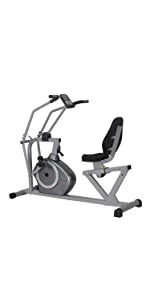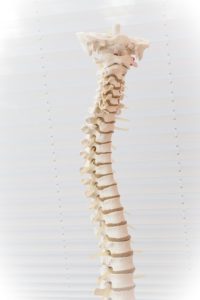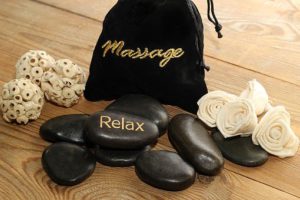As an Amazon Associate I earn from qualifying purchases, at no extra cost to you.
It covers about 71 percent of the earths surface, on average, the human body is made up of approximately 50 to 60 percent of it and it’s not only vital for humans, but all forms of life on the planet. Of course, I am talking about water (H2O) the colorless, odorless liquid that comes out of our tap or we find bottled in stores. How often do you think about the water you consume, if at all? Most of us don’t think too much about it, question where it comes from, or wonder if it’s safe, we just assume that because it came from our tap, or our local supermarket, it must be okay. Well, I wanted to know more and I couldn’t believe what I found out!
Bottled Water

Most of us realize that our tap water isn’t perfect, however if we want to spend the extra money, there is always bottled water right? According to an article published in The Telegraph 70 percent of the most popular brands of water available in shops had high levels of bacteria, way more than tap water. In fact, they claim, according to new research some brads found to harbor levels 100 times above permitted limits. Some bottled water brands, we purchase because we think it’s pure and pristine and comes from a rain forest in Fiji, or a crystal clear river that runs off a mountain somewhere, but is surprisingly was found to be just filtered tap water!
This is not the only concern we are faced with though, when we drink from these plastic bottles. Most are made with harmful chemicals. One of the most controversial being BPA. BPA stands for bisphenol A which is an industrial chemical used in manufacturing many hard plastics and resins. There are numerous other items that could possibly contain BPA include CD’s, DVD’s, some electronics, liners in metal food cans, baby bottles, plastic food containers dental sealants, and thermal and carbonless paper.

BPA is an endocrine disruptor and can imitate the body’s natural hormones, and therefor interfere with their production and elimination. Bisphenol A can cause reproductive disorders and breast cancer in woman, erectile dysfunction and prostate cancer in men, hormone and brain development problems in fetuses, babies and children, heart disease, type 2 diabetes, liver problems, and asthma to name a few.
The US Department of Health and Human Services has already admitted that BPA can cause developmental problems in children’s brains and hormonal systems, and there is definitely reason for concern. However, the FDA still continues to support the use of this toxic chemical in current food packaging because their are only small amounts that leach into our food. I don’t know about you, but given the choice, I would not want any amount of poison in my food! The problem is most of us don’t have a choice, unless we are willing to give up, among other things, eating almost anything that comes out of a can or drinking almost anything that comes from a plastic bottle.

The fact is, studies have shown that even in small amounts, BPA can be very harmful, but we are not just consuming small amounts of it. The CDC not only acknowledges that people are in fact exposed to BPA when they consume food and water that has been stored in containers made with the chemical, they also found that Americans are exposed to levels above the safety threshold set by the EPA. Fortunately we are at least seeing more and more BPA-free baby products these days and more and more companies are choosing to use BPA-free liners in their canned food. In the meantime here is a list things you can do, if you would like to help decrease your BPA exposure:
– Reduce your use of canned foods, or choose a brand that uses BPA-free liners such as Eden Organic, Native Forest Organic and some Clover Leaf products.
– Take a BPA- free refillable water bottle with you, so there is no need to purchase plastic.
– Look for products that carry the BPA-free symbol. Some plastics marked with recycle codes 3 or 7 contain BPA.
– Try using plastic alternatives whenever possible, such as stainless steel, porcelain or glass.
– If using BPA plastic, never expose it to heat. Never drink from a water bottle that has been left in a hot vehicle, for example. Avoid putting them in the microwave or dishwasher.
Plastic Waste

When it comes to plastic water bottles, it’s not only our personal health being affected, but the health of the entire planet. Americans alone use approximately 2 million water bottles every 5 minutes. Out of these, only about 20 percent are actually recycled, while the rest of them become litter. It takes over 1,000 years for these type of plastic water bottles to bio-degrade. It also takes an awful lot of oil to make all the plastic used for a years worth of water bottles, enough to fuel a million cars! It’s no wonder why plastic water bottles are one of the largest plastic litter issues. We spend 2000 time more on bottled water than tap and there are still 1 out of 8 people in the world that don’t have access to safe drinking water. With all the money we waste on bottled water, and cleaning up the mess afterward, we could be providing clean drinking water for those who need it instead.
Tap Water
While tap water is the obvious alternative to bottled water, it comes with it’s own set of concerns. While studies have shown that tap water may have less bacteria than most bottled water, the downfall is that it takes the addition of many harmful chemicals to achieve this. Typical tap water can contain chlorine, fluorine compounds, THMs, and salts of arsenic, radium, aluminum, lead, copper, cadmium, mercury, barium, hormones, nitrates and pesticides. Copper, lead and other metal can seep into the water from the pipes that carry it to your tap, especially if your home was built before 1986. Chlorine, which has been used in our water since the early 1900’s, does a pretty good job of killing most bacteria, most of the time. However, chlorine and THM’s have been linked to numerous health problems including cancers, liver and kidney damage, immune system dysfunction, nervous system disorders and birth defects. The additive I find most troubling though, is fluoride.
Fluoride In Our Water

Fluoride is deliberately added to our water, not kill potential gems or bacteria, but because it’s supposed to be beneficial for our teeth. With the exception of 10 percent of UK’s water supply, fluoridation is banned in all European countries, and for good reason. According to Dr. Paul Connett, a trained chemist, specializing in environmental chemistry, the chemicals used to fluoridate the water are not pharmaceutical grade, but rather hazardous waste products of the phosphate fertilizer industry. In fact 90 percent of the chemicals used in fluoridation in the USA, do not occur naturally.
Fluoride is a neurotoxin and fluoride exposure has been linked to many health problems including, but not limited to ADHD, lower IQ’s and learning disabilities in children, damage to the nervous system, impaired hearing, Alzheimer’s disease and neurological dysfunction. A recent Harvard study has actually found that fluoride ingestion harms the cognitive abilities and development of children. This toxic substance is one of only 11 chemicals that has been known to actually damage the developing brain because of its ability to cross the blood brain barrier.
Children and teens are especially at risk for developing fluorosis as well, a condition caused by over exposure to fluoride characterized by teeth that become stained and pitted. And although there may be some benefits to brushing with a fluoride toothpaste, there is no evidence that ingesting it makes your teeth any healthier. Actually according to the World Health Organization, the teeth of those who live in mainland Europe, (where they don’t fluorinate) are just as healthy if not healthier than ours.

One major point that infuriates most people though, myself included, is the fact that we are being medicated against our will. This is an infringement on one of our basic human rights, a right we need to protect. We also have no idea how much is in our water and it’s not subject to any federal regulation at all. Eight countries, including 50 percent of the US water supply and 40 percent of the Canadian water supply is still being fluorinated. In Canada, only the tap water in British Columbia and Quebec are not fluoridated. Hopefully if Ontario decides to ban fluoridation, the rest of Canada will follow suite. If you would like more information on fluoridation and what you can do about it, you can visit the Fluoridation Action Network at www.fluorideaction.org.
Filtered Water
Tap water is still the best and most economical choice for most of us and I am thankful that we have it. There are things we can do, however to make it even better and safer, especially for those of us that are most vulnerable such as babies, children and pregnant woman. The best way to get rid of many of your water’s unwanted chemicals is through filtration. You can eliminate most chemicals, heavy metals and other impurities in your water by simply filtering it. In most cases, people have also found an improvement in the taste of their water after filtering as well. Since water is so vital to our health and wellbeing, it is diffenately worth investing in something that will clean it properly. Here is a list of some of the best ones on the market.
#1 Frizzlife Reverse Osmosis Water Filtration System
This is an under the sink filter balances the alkalinity of Reverse Osmosis water and adjusts the PH to more than 7.5. It’s a smart compact and beautiful design. The Reverse Osmosis water filter system adopts internal prompt and can produce 600 gallons water per day. This filtering system removes 99.99% of contaminants, including chlorine, lead, heavy metals, fluoride, mercury, VOCs, chloramine, arsenic through a 3 step filtering system, than restores the natural minerals in the water. Check out the Frizzlife Reverse Osmosis System out for yourself and see why customers are raving about it.
#2 APEC Water Systems ROES-50 Essence Series
This is a 5 stage Reverse Osmosis filtration system that is quite popular and promises to remove up to 99% of contaminants such as chlorine, taste, odor, VOCs, as well as toxic fluoride, arsenic, lead, nitrates and heavy metals. While this system is less costly the last one mentioned, it is also a little larger and may take a little longer to install. The company also sells other units in different price ranges and offer excellent customer service. This unit comes with a 2 year extended manufacturer warranty with registration.
#3 Epic Pure Water Filter Pitchers
If you want clean water, but are not ready for the time and investment of an under the sink filtration system, this 150 gallon Epic Pure Water Filter Pitcher is maybe the next best thing. There proprietary solid carbon block filter removes 2000% more contaminants than the leading water filter pitcher including Total Trihalomethanes, Chromium 6, Fluoride, Chloramines, Bromodichloromethane and more. The filters last 4 times longer than the leading water filter pitcher and its PBA free. This pitcher also comes with a 100% money-back guarantee, so you have nothing to lose, except the contaminants in your water!
A Change for the Better
I can go into more detail about all the potential health hazards that are in our water, but than this blog would have to be about 10 times the length, and I’m sure you get the point by now. Everyone on the planet deserves the right to free, clean and safe drinking Water, unfortunately that is not yet the case. Hopefully, this will someday change. If you would like more information on the true cost our planet is paying for bottled water, or you would like to make a donation to help those in need of quality drinking water, please visit www.thewaterproject.org I know if we all work together, we can see some real change.

I’m also very optimistic that the quality of our own water will improve over the course of the next few years. I’m sure we will see fewer people purchasing plastic bottled water, we won’t have to clean up so much plastic litter. And things like fluoridation will be a thing of the past, and no longer permitted in any country. These things are not only important for us, but for future generations to come so that hopefully our children’s children never have to ask; what’s in my water?
Thank you for taking the time to read this article and please feel free to leave a comment or question below, take care, be safe and stay healthy.

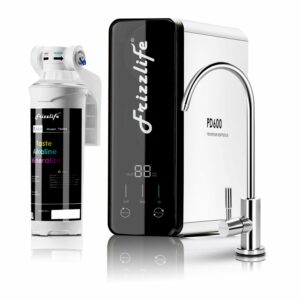
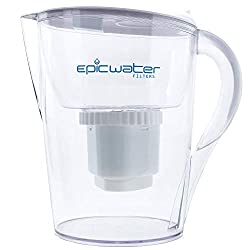

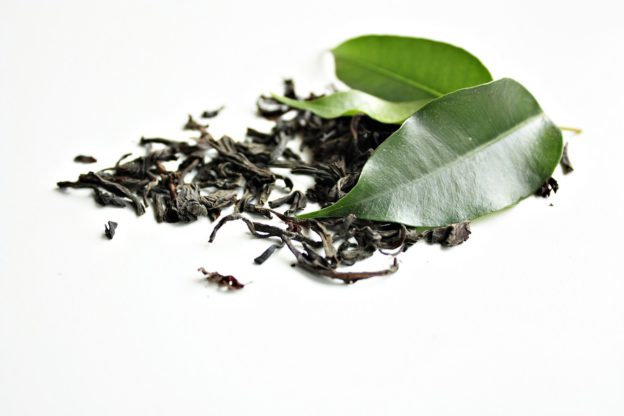




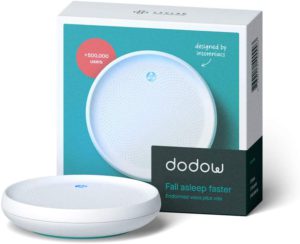
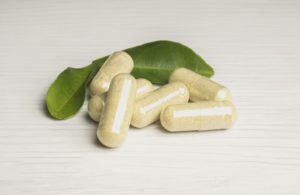


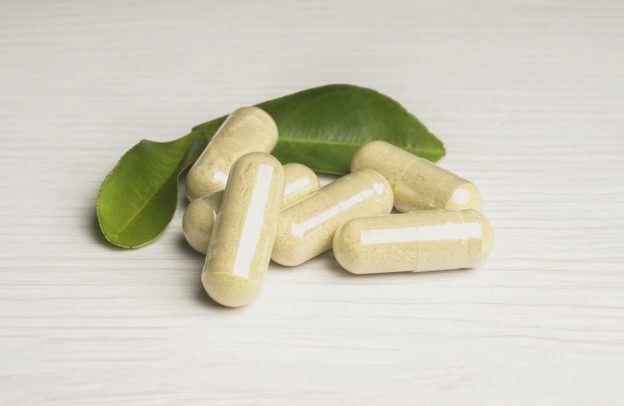


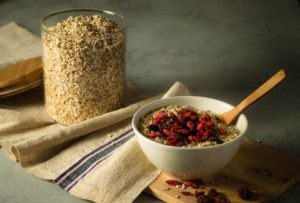





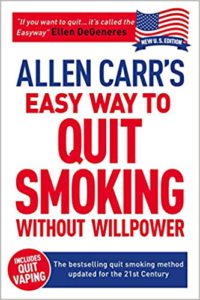



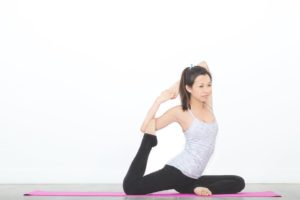
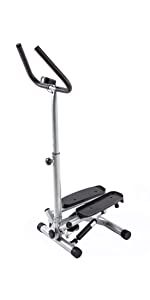
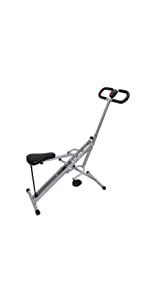 The sunny Health & Fitness Upright Row-N-Rider Rowing Machine.
The sunny Health & Fitness Upright Row-N-Rider Rowing Machine.